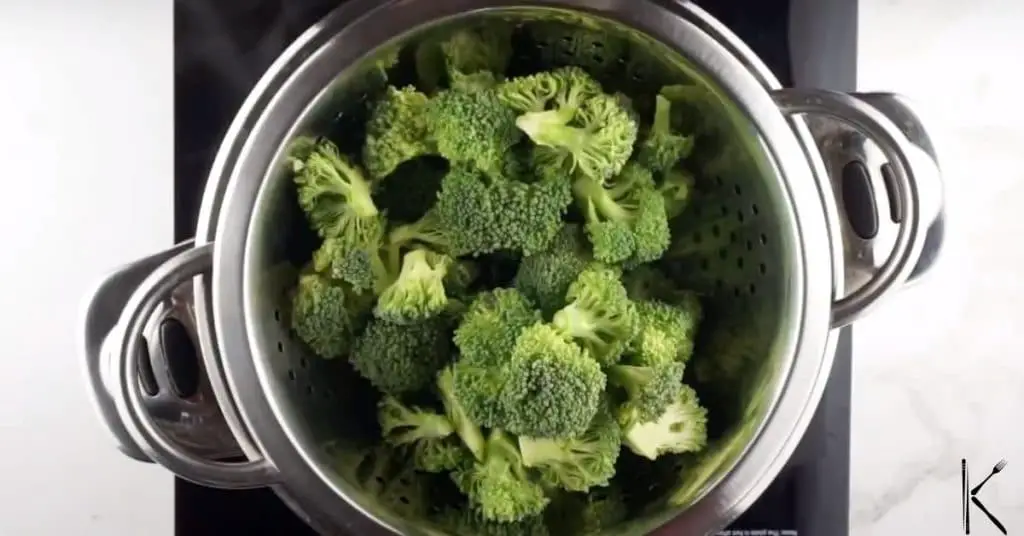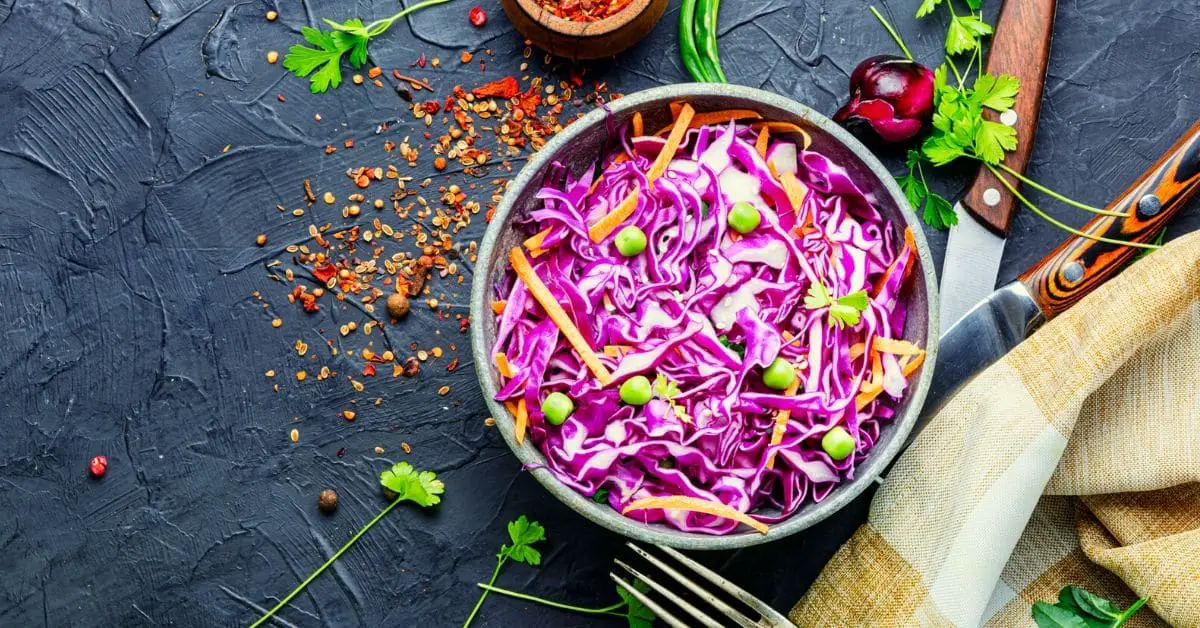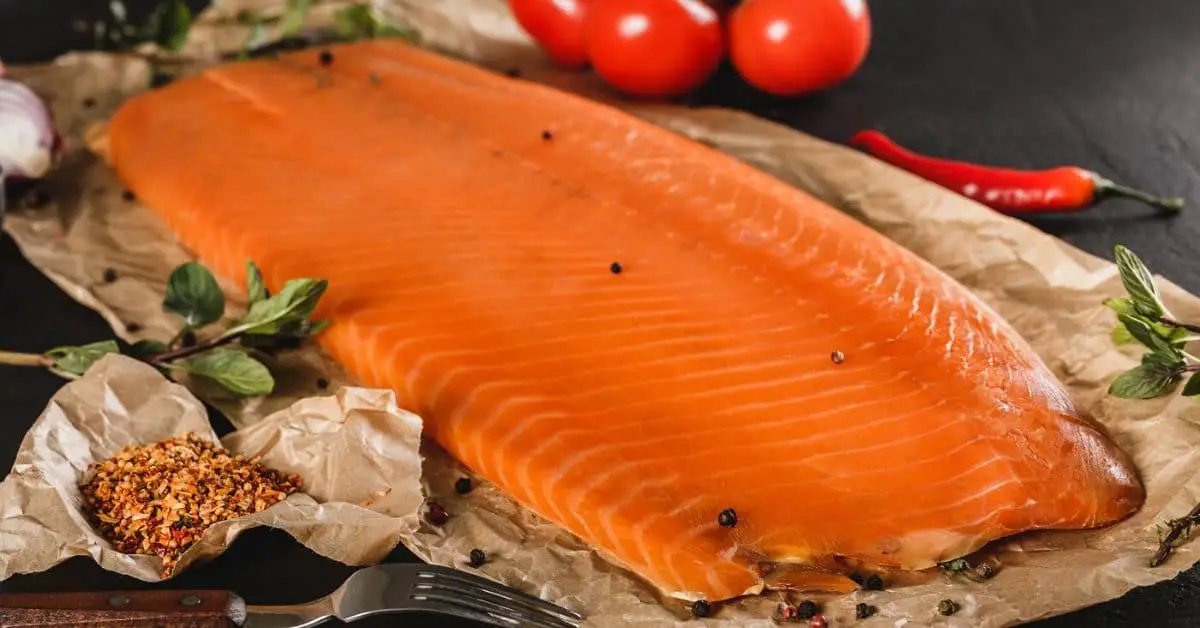In brief, yes, you can freeze fresh broccoli, but its crunchy texture will soften somewhat when thawed, making it more suitable for cooked dishes than salads or snacks. Blanching the broccoli before freezing helps preserve its color, flavor, and texture.
Broccoli can be eaten raw or cooked and prepared in a variety of different ways. Raw broccoli only lasts a week in the refrigerator, whereas if you cook broccoli it has an even shorter shelf life.
The great thing is that if done correctly, broccoli can be preserved in the freezer for up to 12 months. This means you don’t have to waste any of your veggies and can get your greens at the drop of a hat by pulling the ready-prepared stash out the freezer.
Below is everything you need to know about freezing broccoli to ensure it maintains the best color and texture long-term.
Can Broccoli Be Frozen?
Yes, you can freeze fresh broccoli, although its crunchy texture will soften somewhat when thawed. Frozen broccoli is, therefore, best used in cooked dishes since the softer texture can make it unappetizing for cold salads or snacks.
Fresh broccoli is best for freezing as broccoli nearing its expiry and showing signs of damage will only deteriorate further.
As with most fresh vegetables, it is best to blanch the broccoli before freezing. Blanching allows you to pre-treat the broccoli in boiling water to restrict natural enzyme activity causing a loss of color and flavor.
Blanched broccoli will therefore be better preserved, more vibrant bright green color, and last a whole lot longer in the freezer.
How To Blanch and Freeze Raw Broccoli
Step 1: Wash
Remove the green outer leaves of the broccoli and wash the head thoroughly to remove any sand or bugs hiding between the florets.
For thorough cleaning, soak the broccoli in salt water. Fill a bowl with cold water and add one to 2 tablespoons of salt. Stir to dissolve. Leave the broccoli in the water for thirty minutes and rinse.
Step 2: Cut
Remove any damaged, brown, or yellow florets and cut away any woody stems. Now, separate the florets from the head and each other cutting them into smaller sizes. When you cut broccoli for blanching, try to cut all the florets in a similar size.
Step 3: Blanch
Boil a large pot of water on the stovetop. While the water is heating up, fill a separate large bowl with ice water. Add the broccoli florets to the pot of boiling water and boil for 3 minutes.
Immediately remove the broccoli with a slotted spoon and place it into the ice water to stop the cooking process. If you cook the broccoli for too long, it will become soft and mushy when thawed.
Step 4: Dry
Once cold, drain the broccoli from the ice bath. Dry it with a clean kitchen towel to remove water droplets and excess moisture. Excess moisture will form large ice crystals on freezing causing textural damage to the veggies.
Step 5: Flash Freeze
Spread the broccoli pieces out in a single layer on a lined baking sheet and place it in the freezer. Only leave them in for an hour or just long enough to freeze. This flash freeze method prevents the broccoli from sticking together when packed.
Step 6: Pack
Pack the frozen florets into resealable freezer bags. Press out any excess air before sealing. The more air or moisture around the broccoli, the greater chance there is of textural damage and freezer burn developing.
Alternatively you can also use an airtight container.
Step 7: Label and Freeze
Write the date of freezing on the bag so you know how long the frozen vegetables have been frozen.
How To Freeze Cooked Broccoli
If you are cooking broccoli specifically to freeze, leave it just slightly undercooked. This way, reheating after thawing will complete the cooking process without causing the broccoli to become mushy.
You can lightly boil broccoli or even use a steamer basket
Step 1: Cool
Let the broccoli cool completely after cooking. Use a clean kitchen towel or paper towel to pat dry the broccoli and remove any excess moisture. This will help prevent freezer burn.
Step 2: Pack
Once cooled, pack the broccoli into resealable freezer bags. Carefully press out as much air as possible before sealing the freezer safe bag.
Step 3: Label and Freeze
Label the bag with the date of freezing so that you can keep track of how long the broccoli has been stored.
How To Thaw Frozen Broccoli
Since broccoli is best used in cooked dishes after freezing, there is no need to thaw it. You can cook frozen broccoli straight out of the freezer.
Due to the textural breakdown during the blanching and freezing process, frozen broccoli won’t require a long cooking time.
If you do need to thaw the broccoli, place it in the refrigerator for a few hours.
Types of Broccoli
Broccoli has a round green head made up of smaller, dark green florets. The florets are tree-shaped, branching out from a thicker green stalk. Broccoli can sometimes be seen in a purple variety although this type is not as commonly available as its green counterpart.
Raw broccoli can be served with a dip, or used in a variety of salads. Broccoli can be boiled, steamed, roasted, or grilled and is either eaten as a side vegetable dish or added to casseroles, soups, stews, stir-fries, quiches, and pasta.
FAQs
Conclusion
Keeping broccoli frozen saves time, food waste, and essentially money. Flash freezing broccoli before packaging prevents the florets from clumping together and allows you to remove only as much as you need from the freezer at a time.
Whether used in a quiche, casserole, potpie, soup, or stir-fry, keeping a stash of frozen broccoli is a convenient way to add greens to your meal in an instant.
Up Next: Can You Freeze Cauliflower?









